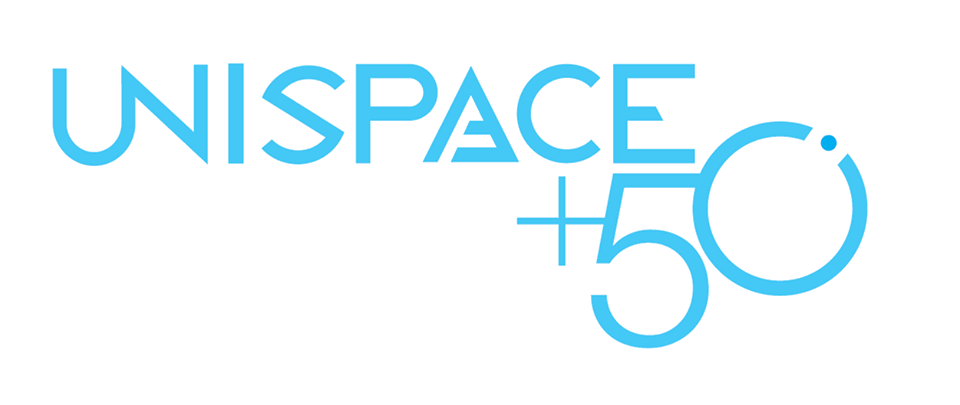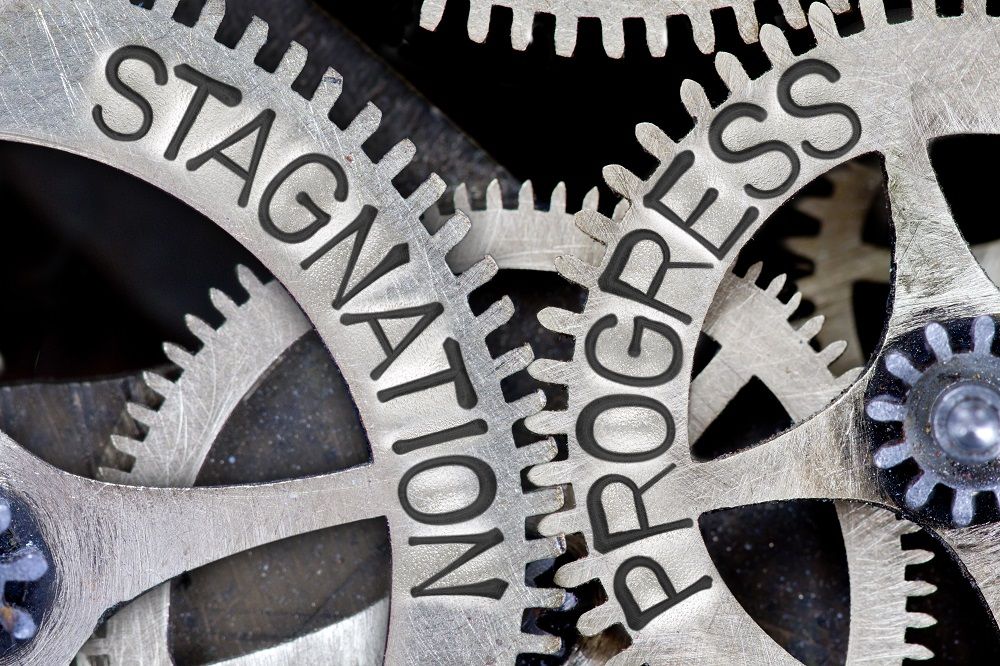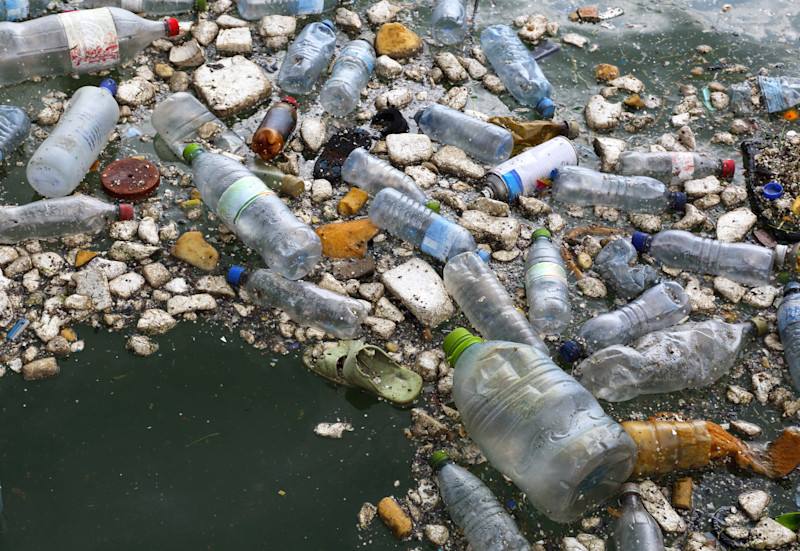“Musk seems to be talking about something different, a sports car that could “hop” over obstacles. The emphasis would, presumably, still be on performance and practicality with four wheels on the ground.”


“Musk seems to be talking about something different, a sports car that could “hop” over obstacles. The emphasis would, presumably, still be on performance and practicality with four wheels on the ground.”
“Former Executive Secretary to UNFCCC, Christiana Figueres has laid down a challenge to UNEP FI’s banking members, and the wider finance industry to increase their allocations to low carbon investments to avoid a 2 degrees scenario. Watch her recording which she made for participants at UNEP FI’s Europe Regional Roundtable on Sustainable Finance which took place in October 2017.”
“Former Vice President and Chairman of Generation Investment Management, Al Gore, introduces PRI, UNEP FI and The Generation Foundation’s Fiduciary duty in the 21st century programme. The project finds that, far from being a barrier, there are positive duties to integrate environmental, social and governance factors in investment processes.”

“UNISPACE+50 will celebrate the fiftieth anniversary of the first United Nations Conference on the Exploration and Peaceful Uses of Outer Space. It will also be an opportunity for the international community to gather and consider the future course of global space cooperation for the benefit of humankind.
From 20 to 21 June 2018 the international community will gather in Vienna for UNISPACE+50, a special segment of the 61 st session of the Committee on the Peaceful Uses of Outer Space (COPUOS).”

For the first time ever astronomers have studied an asteroid that has entered the Solar System from interstellar space. Observations from ESO’s Very Large Telescope in Chile and other observatories around the world show that this unique object was traveling through space for millions of years before its chance encounter with our star system. It appears to be a dark, reddish, highly-elongated rocky or high-metal-content object. The new results appear in the journal Nature on 20 November 2017.
On 19 October 2017, the Pan-STARRS 1 telescope in Hawai‘i picked up a faint point of light moving across the sky. It initially looked like a typical fast-moving small asteroid, but additional observations over the next couple of days allowed its orbit to be computed fairly accurately. The orbit calculations revealed beyond any doubt that this body did not originate from inside the Solar System, like all other asteroids or comets ever observed, but instead had come from interstellar space. Although originally classified as a comet, observations from ESO and elsewhere revealed no signs of cometary activity after it passed closest to the Sun in September 2017. The object was reclassified as an interstellar asteroid and named 1I/2017 U1 (‘Oumuamua) [1].
“We had to act quickly,” explains team member Olivier Hainaut from ESO in Garching, Germany. “‘Oumuamua had already passed its closest point to the Sun and was heading back into interstellar space.”

You probably know the quote by Steve Jobs saying that death is life’s single best invention because it gets rid of the old and makes room for the new. This view is the core of another fairly common objection to rejuvenation, codename “cultural stagnation”.
Wouldn’t all those rejuvenated people, however physically young, be always old people “inside”, and drag everyone down with them into their anachronistic, surpassed ways of thinking, making it harder for fresh ideas to take hold, ultimately hindering social progress and our growth as a species? Maybe it’d be best not to take the risk, forget rejuvenation, and be content with old age as it is.
Well, try explaining to your grandfather that the reason he has to put up with heart disease is that we’re afraid people his age may all become troublemakers when you let them live too long.

Calling for a plastic deposit refund system https://virg.in/oa8
Millimeter waves, massive MIMO, full duplex, beamforming, and small cells are just a few of the technologies that could enable ultrafast 5G networks.
Today’s mobile users want faster data speeds and more reliable service. The next generation of wireless networks—5G—promises to deliver that, and much more. With 5G, users should be able to download a high-definition film in under a second (a task that could take 10 minutes on 4G LTE). And wireless engineers say these networks will boost the development of other new technologies, too, such as autonomous vehicles, virtual reality, and the Internet of Things.
If all goes well, telecommunications companies hope to debut the first commercial 5G networks in the early 2020s. Right now, though, 5G is still in the planning stages, and companies and industry groups are working together to figure out exactly what it will be. But they all agree on one matter: As the number of mobile users and their demand for data rises, 5G must handle far more traffic at much higher speeds than the base stations that make up today’s cellular networks.
Way back in 1811 and 1812, a series of over 1,000 earthquakes rocked the Mississippi River between St. Louis and Memphis. One was so powerful that it caused the river to run backwards for a few hours. The infamous New Madrid earthquakes of 1811–1812 rang church bells in Boston, which is 1,200 miles from St. Louis. Today, scientists say that the 150-mile-long New Madrid Seismic Zone has a terrifying 40% chance to blast in the next few decades, impacting 7 states – Illinois, Indiana, Missouri, Arkansas, Kentucky, Tennessee and Mississippi – with 715,000 buildings damaged and 2.6m people left without power.
Unlike California, which has been super-prepared since the last major earthquake hit hard enough to delay the World Series, the New Madrid fault area has been sitting blissfully by. In case the “40 percent” statistic didn’t bother you, this should: The New Madrid fault has an impact zone ten times as big as its more famous San Andreas cousin.
As described by USGS: “In 1811, the extent of the area that experienced damaging earth motion, which produced Modified Mercalli Intensity greater than or equal to VII, is estimated to be 600,000 square kilometers. However, shaking strong enough to alarm the general population (intensity greater than or equal to V) occurred over an area of 2.5 million square kilometers.”

The European Union’s new ambitious approach to cyber challenges could be a game-changer for its cyber posture as well as for the transatlantic and neighbourhood relations, concludes this analysis by Tomáš Minárik and Siim Alatalu of the NATO Cooperative Cyber Defence Centre of Excellence, the NATO-affiliated cyber defence think-tank. Nevertheless, the EU could make better use of existing expertise in NATO and individual Member States.
The following analysis does not represent the official views of NATO.
On 13 September 2017, the European Commission and the High Representative issued a Joint Communication to the European Parliament and the Council [JOIN(2017) 450 final], bearing the title Resilience, Deterrence and Defence: Building strong cybersecurity for the EU. It introduces an ambitious and comprehensive plan to improve cybersecurity throughout the EU. The Commission and the High Representative (HR) proposed a broad range of measures, divided into three areas – resilience, deterrence and defence: